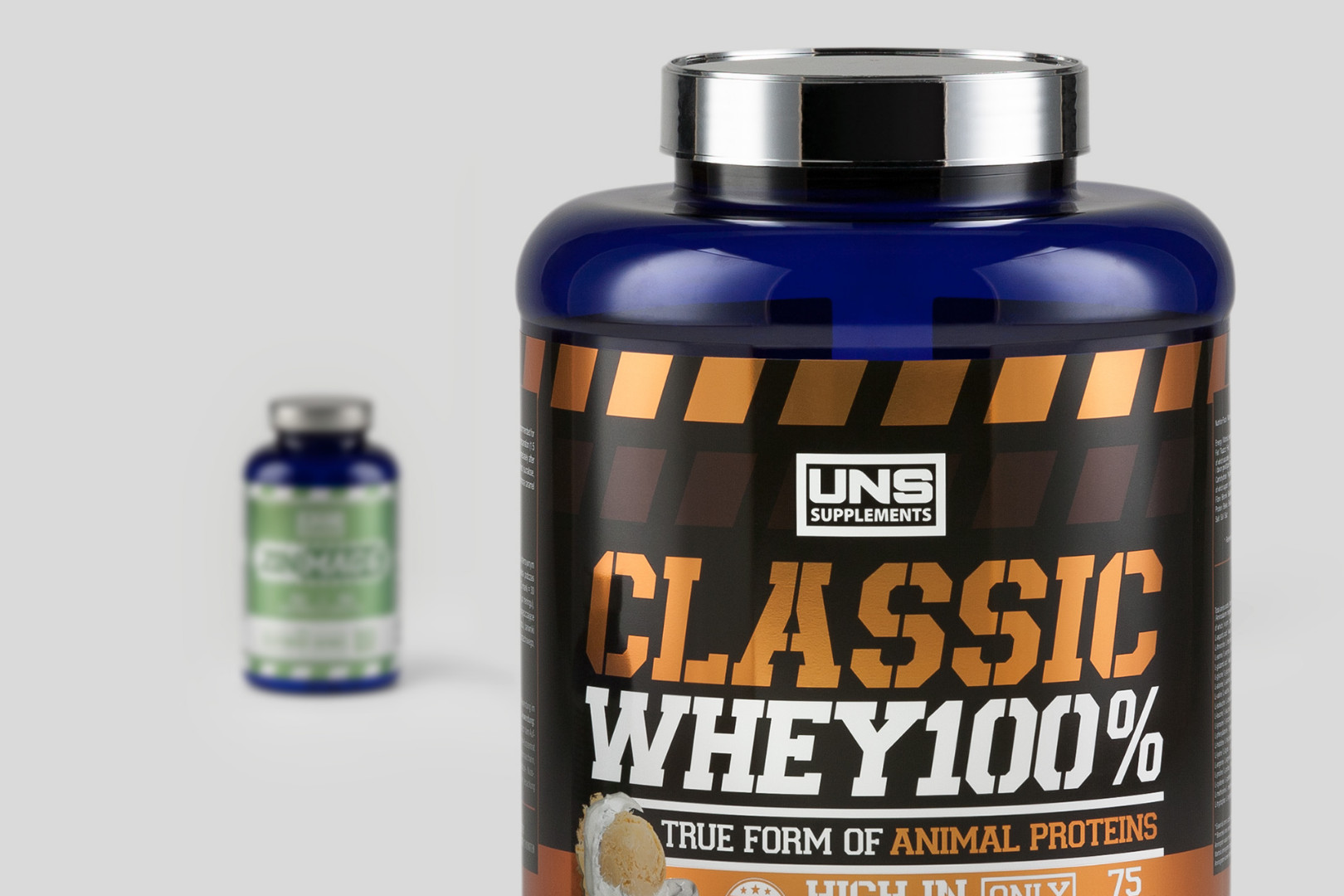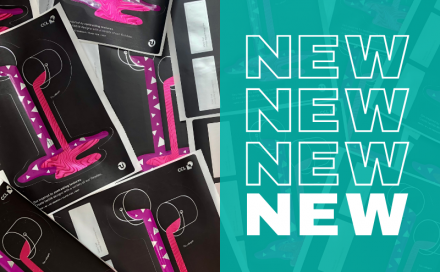How to select the best material for your self-adhesive label application? A practical overview of materials (2) – foil labels.
In the previous article, we discussed labels on a paper substrate. Today, to supplement this,
we’re going to focus on the characteristics of film labels.
It’s worth highlighting at the very beginning that self-adhesive labels on film offer a vast array of possibilities both in visual and durability terms.
Their most significant feature, contrary to paper labels, is their resistance to damp and moisture. That’s why this material is especially recommended for bath, beauty and haircare products, as well as many others.
Film labels can be broken down into white, silver, shimmer (rainbow), and transparent ones.

Depending on the desired effect of the label design and packaging appearance, we can choose the material best suited for our purposes. If, for instance, we are going to label clear glass bottles, transparent labels with underprinting are a great solution because the elements on the label that are to blend in with the packaging are going to form one complete whole, while the rest will be printed on according to the design and underprinting solutions selected.
Transparent self-adhesive labels applied to glass bottles or clear containers give the product a unique appearance. Transparent labels also allow consumers to see what’s inside. This is referred to as the “ultra-clear” or “no-labellook” effect.
Silver and shimmer films are perfect when we want to draw attention to selected elements on a label like the logo or a piece of information.
Silver film allows us to achieve a metallic effect, as can be seen on the photo below.

Film labels adapt to the shape of the packaging
Apart from being waterproof and hard-wearing, they are also more flexible than paper, which translates into a more precise label fit to the packaging material.
We’ve already discussed the basic types of film labels that are available. Now is the time to delve deeper into their unique properties 😉
Almost every type of film mentioned earlier can be divided into polyethylene film (PE) and polypropylene film (PP).

Polyethylene films are flexible and stretchy
And this is the paramount feature of PE film. Thanks to their flexible and pliable nature, polyethylene labels can adapt to the precise shape of the packaging, which is crucial when the packaging is of an irregular shape.
Polyethylene self-adhesive labels – applications
Polyethylene labels are mostly used in cosmetics, toiletries and cleaning products with irregular-shaped packaging.
Apart from that, PE labels are widely used in the industry and the chemical sector – combining this material with a strong adhesive will ensure a tight and perfect fitting label suitable for the most demanding and uneven of surfaces like barrels or canisters with protuberances.
Polypropylene labels are tough, durable and hard-wearing
And this is the first difference between PP and PE. Thanks to their properties, these labels are perfect for use on solid surfaces like glass bottles, jars, and the like.
They are also stiffer than PE labels and are less flexible and stretchable than them.
What have transparent labels got in common with premium products?
Recent studies indicate that a lot!
It turns out that clear glossy labels on transparent glass or plastic packaging raise associations with exclusive products. The high transparency of this material allows us to obtain a “no-labellook”.
It’s also worth considering using transparent self-adhesive labels on bottles if our product is to be associated with high quality.
A polypropylene substrate is often chosen for alcohols and toiletries.
These are the key facts that you need to know when it comes to film self-adhesive labels but
the topic has not, by far, been exhausted so feel free to ask us any question that you may have – we’re here to help!



